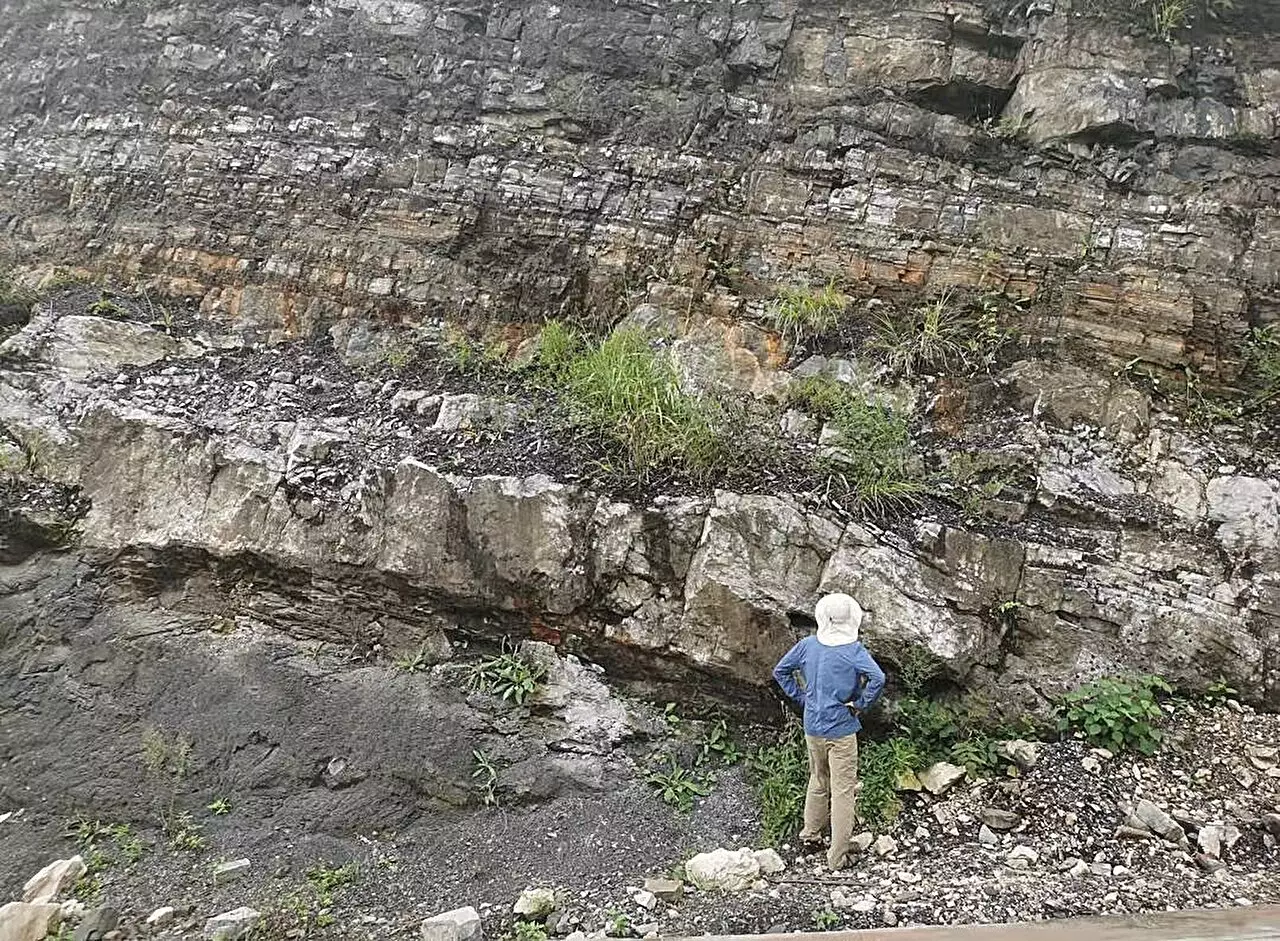Throughout Earth’s history, dramatic climate events have shaped the trajectory of life on our planet. Among the most striking of these episodes are the so-called “Snowball Earth” events, periods when vast expanses of the planet were enveloped in ice, sometimes measuring over 1 kilometer thick. These glacial periods have occurred only a few times in Earth’s history, each lasting millions of years before being succeeded by warm interludes marked by significant biological advancements. Despite their significance, the processes underlying these transitions remain poorly understood. Recent research from the University of Washington enriches our understanding of the concluding phases of the last Snowball Earth, highlighting its role in catalyzing the evolution of complex life.
The study in focus examines unique geological formations known as cap carbonates, which offer vital insights into Earth’s ancient climate and biosphere. Formed during the thawing of glacial ice, these distinct layers of limestone and dolomite can be found in diverse regions worldwide—ranging from the stark landscapes of Death Valley to the lush terrains of Ireland. The chemical signatures embedded in these rocks serve as windows into Earth’s atmosphere and oceans roughly 640 million years ago, predating more conventional records like ice cores or tree rings.
Trent Thomas, the lead author of the study, articulates that cap carbonates embody crucial information regarding atmospheric carbon dioxide levels and ocean acidity. By examining these ancient indicators, researchers can reconstruct how environmental factors shifted during the thawing phase that followed the last Snowball Earth event.
For over two billion years preceding the Snowball Earth events, life on Earth was largely comprised of simple organisms such as microbes and algae. This protracted period, often referred to as the “boring billion,” was characterized by minimal evolutionary advances. However, after traversing through two severe Snowball Earth events, the fossil record suddenly bursts forth with evidence of the earliest animals. Understanding how these two phenomena—the frigid icy conditions and the subsequent evolutionary explosion—are interlinked is a crucial focus of the recent University of Washington research.
David Catling, a senior author of the paper, emphasizes the stark contrast between the long epochs of microbial life and the rapid emergence of multicellular organisms following these extreme climate events. The study suggests that the conditions post-Snowball, marked by pronounced shifts in climate and ocean chemistry, played a pivotal role in this transition.
The research meticulously models the environmental changes that transpired through three distinct phases of the Snowball Earth events. During the peak of the glaciation, thick ice layers would reflect sunlight away from the planet, maintaining a predominantly frigid environment. However, pockets of open water permitted limited exchanges between the ocean and atmosphere, leading to complex reactions with the ocean floor.
As atmospheric carbon dioxide levels accumulated over time, they ultimately became sufficient to create a greenhouse effect, gradually warming the Earth and triggering the melting of ice. This thaw allowed for crucial rainfall and freshwater influx into the oceans, giving rise to unique stratifications in ocean dynamics. Initially, glacial meltwater formed a distinct top layer atop denser, saltier ocean water, which impeded circulation. Eventually, a rekindling of oceanic mixing facilitated the re-integration of atmospheric and ocean layers.
With this new understanding of the environmental aftermath of Snowball Earth, researchers can form hypotheses about how these conditions contributed to the emergence and diversification of more complex organisms. The correlation between heightened atmospheric carbon, dramatic shifts in ocean chemistry, and the advent of multicellular life presents an intriguing narrative—one that suggests resilience in life amidst climatic crises.
Thomas notes that ongoing research will delve deeper into the survival strategies employed by pockets of life during the tumultuous Snowball Earth period. These evolutionary pressures may have laid the groundwork for the complexity observed in subsequent species, heralding a phase of biological innovation and diversification.
The findings from the University of Washington not only illuminate the intricate interplay of climatic phenomena but also enhance our understanding of the resilience and adaptability of life. As researchers continue to unravel the mysteries of Snowball Earth, the implications for our current climate challenges are profound. The lessons gleaned from these ancient events emphasize the importance of recognizing the cyclical nature of climate change and its potential effects on the complex tapestry of life on Earth. In forging ahead, we must learn from Earth’s past to navigate and safeguard its unpredictable future.

